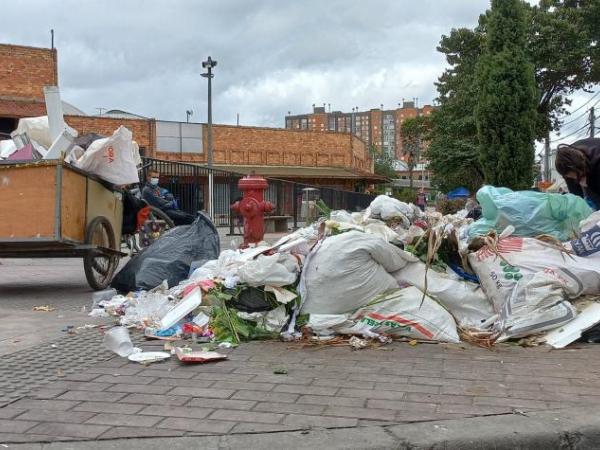Climate change and environmental situations are a situation that over the years have been weighted among the most important debates for humanity. Pollution, rising temperatures, loss of biodiversity, among other climatic events, they refer to reflecting on the current situation of the country in terms of the environment.
(See: Huawei will lead a pilot to preserve fauna in the Middle Magdalena).
With regard to International Recycling Day, which was celebrated on May 17, Colombia has a regulatory responsibility to implement measures and economic models for the use of waste.
According to the most recent figures provided by the Superintendence of Residential Public Services, it indicates that in 2020 in Colombia 32,580 tons/day of solid waste were disposed of, increasing 0.89% compared to 2019. Likewise, it is estimated that Colombia generates about 12 million tons of garbage a year, of which only 17% is recycled.
(See: New sustainable clothing made with fibers from recycled bottles).
According to Environment Minister Carlos Eduardo Correa: “Colombia was the first country in Latin America and the Caribbean to have a Circular Economy strategy, where work continues on a regulatory framework such as the resolution of water reuse; where the treated water can be reused in agriculture or in industrial activities”.
According to information from the National Department of Statistics (Dane), the recycling and new use rate was 11.82% for 2018, this corresponds to some 3.88 million tons, in a measurement universe broader than that defined for the cleaning service. The goal for 2030 is to reach a rate of 17.9%. Currently, Colombia is working within the framework of the Climate Action Law that was approved in December 2021 with the use of single-use plastics. According to the environment minister, by 2030 Colombia must recycle 100% of these plastics to reuse them.
(See: Waste collection, the debt we still owe to the environment).
Likewise, regarding the data on the use of solid waste, the Superservices registered that in 2018 974,039 tons were reported, in 2019 they were 1,407,785 tons and in 2020 1,903,269 tons used by 494 public sanitation service providers, which This means that recycling has been increasing in the country, separating from the source.
According to the Ministry of Environment, among the families of materials most reported in the activity of use in the field of public cleaning service are: paper and cardboard with 53.57% representation, plastics with 26%, metals with 12.53% and glass with 7%.
According to the National Association of Entrepreneurs of Colombia (Andi) in environmental matters, waste is seen as material, its management involves both recycling, reduction, redesign, reuse, remanufacturing, repair, recovery, they are ways to keep materials in use and reduce pressure on natural resources.
(See: Dangerous post-pandemic garbage).
THE FUTURE OF RECYCLING
Among the key goals that the business sector has regarding sustainability and recycling, is being able to identify in new ventures the development of the circular economy for environmental awareness.
According to the rector of the EAN University, Brigitte Baptiste, for young people who are developing a business, it is important to identify the potential of the circular economy, for which, clear and timely pedagogy regarding recycling should be implemented.
DIANA K. RODRIGUEZ T.
Journalist Portfolio







